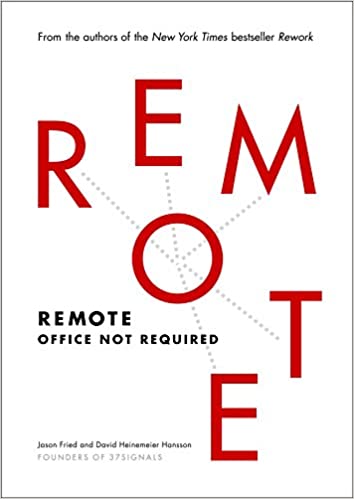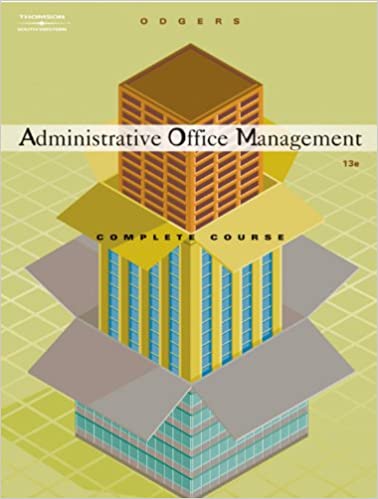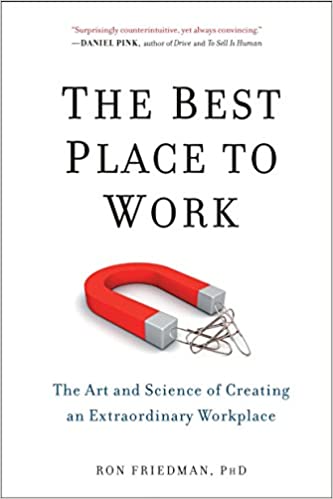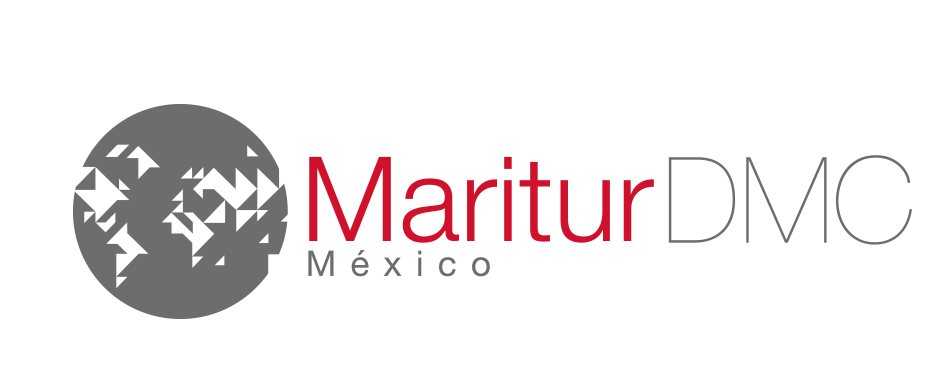Books on office management are guides on how to effectively run an office.
The purpose of these books is to help professionals in the efficient and organized functioning of the office.
Remote: Office Not Required
Is a complete guide to running virtual offices. In addition to creating one of the most widely used project management tools, Basecamp was one of the first companies to operate completely remotely. Jason Fried and David Heinemeier Hansson, authors and founders, provide a first-hand overview of the challenges and benefits of running remote organizations. The book covers topics such as technology, flexible working hours, employee monitoring, remote collaboration, and distraction prevention. Remote: No Office Required functions as a guide for virtual office managers and leaders trying to organize a distributed workforce.

Administrative Office Management
Focuses on higher-level management functions in an office setting. The book covers topics such as human resource management, leadership, ethics and etiquette in the office, safety in the workplace, ergonomics, and design, and computer and information systems. The range of topics covered makes this work one of the best books on office management. Administrative office management includes several numbered lists, charts, and diagrams to break down and simplify office control elements. This text is a practical guide to designing and maintaining dynamic mental workplaces.

The Best Place to Work
Is about cultivating productive and engaging professional environments. The book explains how to create the perfect office atmosphere, both physically and mentally. Psychologist Ron Friedman writes science-based advice on topics such as office layout, employee motivation, and attracting top talent. The best workplace identifies the factors that make the best offices productive and attractive. Office management is simple but not easy.

The practice involves many different components and varies from industry to industry. Reading reference materials can help office managers set up a new practice or fix a disorganized location. Not to mention, these instructions enable companies to stay compliant with information regulations and be familiar with the latest technology.
These books serve as valuable sources of information that serve administrators of all levels and help build productive, efficient, and profitable offices.












